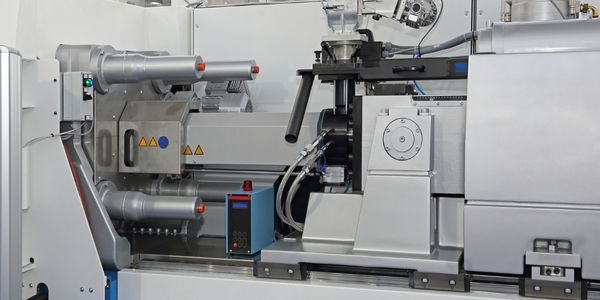Download PDF
Sap® Processes Run Better
Technology Category
- Application Infrastructure & Middleware - API Integration & Management
Applicable Functions
- Business Operation
- Discrete Manufacturing
Use Cases
- Manufacturing System Automation
Services
- System Integration
The Challenge
Volvo Trucks, a global truck manufacturer and the world’s second largest heavy-duty truck brand, was facing challenges in implementing standard SAP® processes at its 100 locations. The company was looking for ways to streamline the process setup so that managers could have a clear, consistent view of financial processes. The main objective was to shorten the lead times for these implementations, which would ultimately lead to more efficient operations.
About The Customer
Volvo Trucks is a global truck manufacturer that is owned by AB Volvo. It holds the position of being the world’s second largest heavy-duty truck brand. The company is headquartered in Sweden and employs about 19,000 people. Volvo Trucks has manufacturing and assembly units in 15 countries and produces and sells over 100,000 units annually. The company was looking for a solution to streamline its SAP® processes across its various locations.
The Solution
Volvo Trucks decided to implement the ARIS Business Process Analysis Platform. This platform provided a unified place to view all documentation, which helped in streamlining the process setup. The implementation of this platform led to shorter lead times for implementing standard SAP® processes. The ARIS platform provided a clear, consistent view of financial processes, which was one of the main objectives of Volvo Trucks. The platform also helped in reducing support and maintenance costs.
Operational Impact
Quantitative Benefit
Related Case Studies.

Case Study
Plastic Spoons Case study: Injection Moulding
In order to meet customer expectations by supplying a wide variety of packaging units, from 36 to 1000 spoons per package, a new production and packaging line needed to be built. DeSter wanted to achieve higher production capacity, lower cycle time and a high degree of operator friendliness with this new production line.

Case Study
Robot Saves Money and Time for US Custom Molding Company
Injection Technology (Itech) is a custom molder for a variety of clients that require precision plastic parts for such products as electric meter covers, dental appliance cases and spools. With 95 employees operating 23 molding machines in a 30,000 square foot plant, Itech wanted to reduce man hours and increase efficiency.

Case Study
Fully Automated Visual Inspection System
Tofflon has developed a fully automatic machine that uses light to inspect vials, medicine bottles, or infusion containers for glass fragments, aluminum particles, rubber grains, hairs, fibers, or other contaminants. It also detects damaged containers with cracks or inclusions (microscopic imperfections), automatically removing faulty or contaminated products. In order to cover all production processes for freeze-dried pharmaceuticals, Tofflon needed to create an open, consistent, and module-based automation concept.

Case Study
SAP Leonardo Enabling Rocket Science
At times, ULA has as many as 15 different operating systems dedicated to overlapping processes, such as rocket design, testing, and launch. Multiple systems created unnecessary costs and unwanted confusion among workers at offices, factories, and launch sites in different location. In order to improve collaboration and transparency during vital activities that directly influence mission success, ULA wanted to improve data sharing and streamline manufacturing processes.

Case Study
IIC Smart Manufacturing Connectivity for Brown-field Sensors
The discrete manufacturing domain is characterized by a strictly hierarchical structure of the automation systems, commonly referred to as the automation pyramid. Data acquired by a sensor typically flows through an IO-module into a Programmable Logic Controller (PLC) which manages the local real-time control system. As all process data are concentrated in the PLC, re-programming the PLC and thus, implementing interfaces to access these data appear to be the natural choice to transfer them to the IT system. However, for brownfield installations this choice has proven impracticable for the following two reasons:In brownfield facilities, PLC usually operate within a once-specified environment and are rarely re-programmed. That is why the active staff is often not familiar with the code and lacks of the competence to modify the existing implementation in a reasonable amount of time.Furthermore, for cost reasons, any PLC was selected to exactly match the requirements of the environment within which it was intended to operate. That is why it cannot be assumed that a PLC will be able to support additional tasks such as communicating data through additional interfaces.

Case Study
Human–Robot Control
Industry 4.0 is changing the way manufacturing industry operates. Increasingly more manufacturers are leveraging advanced technologies such as robotics and automation systems to improve productivity and efficiency. As a result, human–machine interfaces (HMIs) are becoming more important in their role in the digital connectedness of humans and machines. However, using the wrong HMI can lengthen development times and increase implementation costs.





